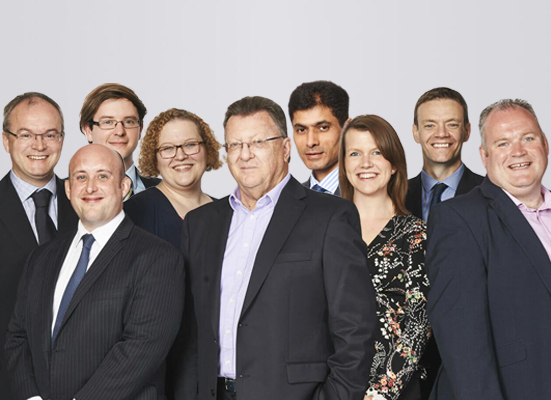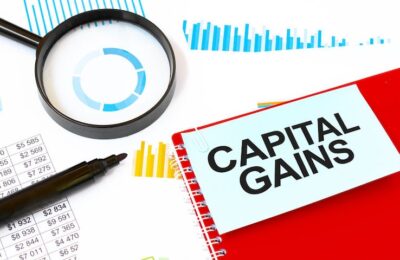THP Chartered Accountants London
There are loads of Accountants out there!
And as most offer pretty much identical services, it can seem impossible to know which one is right for you. The reason we say “right for you” is that choosing an accountant isn’t just a matter of looking at what‘s on offer and how much it costs. When you choose your chartered accountants in London, Essex or Surrey you enter into a relationship; a relationship that should add real value to your business. And just like any relationship in life, things can look fine on the surface when in reality they aren’t working quite as they should underneath.
So…… how do you find an accountant who is right for you?
If you look online, most London accountants talk about themselves and what they are. “We’re really friendly” or “We’re exceptionally helpful”. But surely that’s what any potential customer should expect from an Accountant. After all, they’re hardly going to portray themselves are “hostile” and “unhelpful” are they?
Chartered Accountants London, Essex and Surrey
Rather than follow the herd then, we’ll just tell you about a few ways we can truly help to add value to your business:
- We can help simplify your finances so you can understand them better and make informed decisions
- We can cut out hassle by managing processes for you, leaving you with more time to focus on what you enjoy and do best
- We can provide informed advice on all financial issues, no matter how big or small. We’ve likely seen it all before and know how to save you time and money
- We can recommend, install and train you to use the best online collaboration tools and cloud software.
Of course, there’s a lot more than that we can you help with but if you need more convincing, why not start by filling in the form below asking us a question?
It can be absolutely anything. See how we respond and if you like us, we can talk some more. Alternatively, if you’d prefer a one to one chat, our contact details can be found at the top and bottom of this page.
Chartered Accountants London, Essex and Surrey – just give THP a call.
Latest Announcement

2024 is THP’s 50th Anniversary year!
It was way back in 1974 when Adrian Hart founded what has now become THP Chartered Accountants.
Initially working home alone, it’s hard to fathom that at that time computers and mobile phones had hardly been invented. A few of us oldies who joined in the seventies still remember the early days of Adrian C Hart and Co when all accounting work had to be carried out manually.
THP Chartered Accountants has since expanded to become a team of forty working out of four offices, having merged with many other accounting firms along the way.
Having incorporated in 2003 as THP Limited, Adrian Hart himself remains involved in the management of THP Chartered Accountants to this day, now as our Chairman.
View our history timelineLatest from THP
Our blog section is the most active part of our website. We comment on some of the latest relevant business issues and also provide hints and tips on how to save tax and grow your business.



Case Studies
Here you can read about a selection of our clients and how THP has worked alongside them to help them to achieve their goals.










